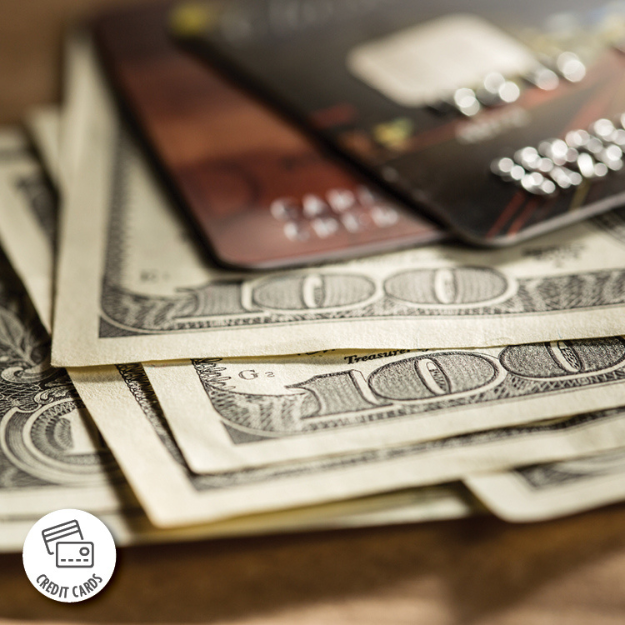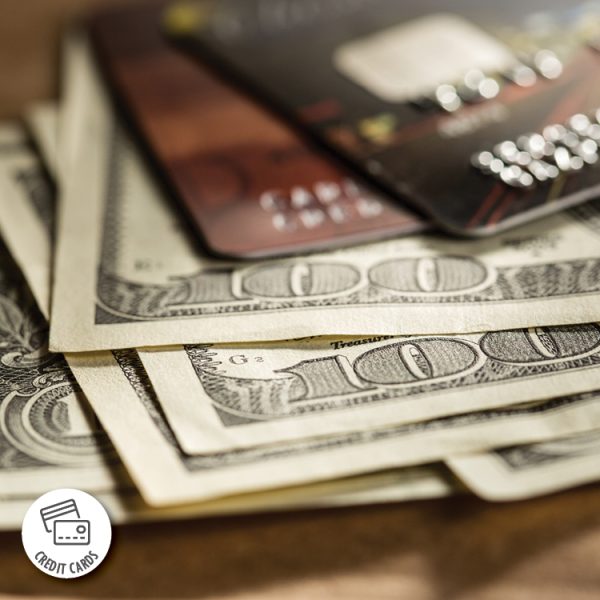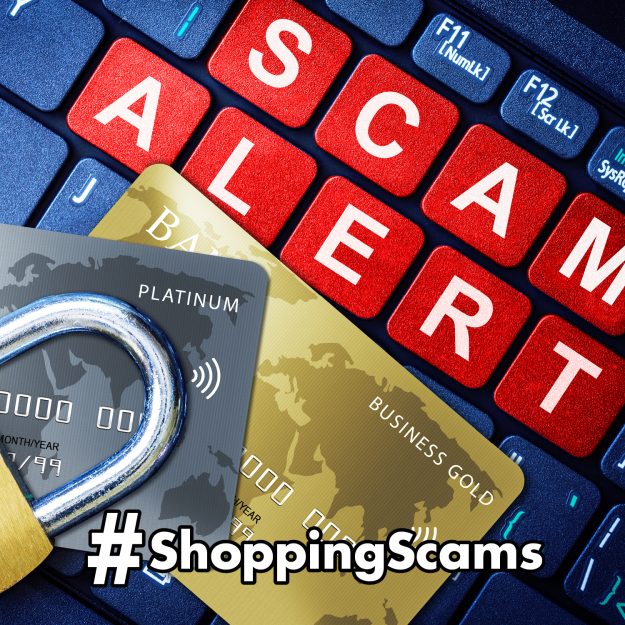Q&A: How Should I Fund my Holiday Expenses?
Q: I’ve listed all my anticipated expenses for the holiday season and I’m ready to hide under my covers until January. There’s so much to buy and so little money! How can I pay for my holiday expenses?
A: Yep, ‘tis the season to shop until you drop and your budget goes pop! But with proper planning, you can celebrate the holidays with your budget intact. Here are four ways you can pay for your holiday expenses along with the pros and cons of each.
1. Credit cards
Pros:
- Convenient. Credit cards negate the need to carry cash around and are accepted at most retailers.
- Rewards and cashback. Many credit cards offer rewards points, miles or cashback for your purchases.
- Purchase protection. Most credit cards offer protection on big purchases so you can reverse a charge if a product turns out to be different than promised. Some cards also offer extended warranties, price matching and coverage for lost or damaged purchases.
Cons:
- High interest rates. If you don’t pay off your balance each month, interest charges can pile up, making your holiday spending far more expensive.
- Overspending. The ease of swiping a card makes it easy to overspend, especially during the holidays.
- Debt accumulation. If you carry a balance into the new year, you might be stuck with lingering debt that could take months, or years, to pay off.
2. Holiday club accounts
Pros:
- Encourages saving. Holiday clubs help you save for the holidays throughout the year.
- No debt. Using money you’ve saved helps you avoid going into debt from holiday expenses.
- Set it and forget it. You can set up your holiday club to take automatic monthly contributions from another account or payroll deposit throughout the year.
Cons:
- Limited access. The funds are usually only accessible at the end of the year, which can be problematic if you don’t have other liquid savings to cover you in case of an emergency.
3. Unsecured/personal loan
Pros:
- Fixed payments. Unsecured loans offer predictable monthly payments, which can make budgeting easier.
- Low interest rates. Unsecured loans tend to have lower interest rates than credit cards.
- No collateral needed. Most personal loans are unsecured, which means you don’t need to risk your home or car.
Cons:
- Increased debt. Taking out an unsecured loan adds to your overall debt load.
- Interest costs. While rates are lower than credit cards, you’ll still be paying interest on the money you borrow.
- Eligibility requirements. You’ll likely need good credit to qualify for the best rates; some people may not qualify.
- Temptation to overspend. Borrowing a large lump sum can tempt you to overspend.
4. Home Equity Loan (HEL) or Line of Credit (HELOC)
Pros:
- Lower interest rates. Since these loans are secured by your home, they typically come with lower interest rates than credit cards or unsecured loans.
- Large borrowing capacity. You can potentially borrow a significant amount of money.
- Flexible terms. A HELOC allows you to borrow what you need, when you need it.
Cons:
- Risk of losing your home. You risk losing the home if you default on the loan.
- Fees and closing costs. HELOCs and HELs may have application fees, appraisal costs and more.
- Long-term debt. Using home equity to fund short-term holiday expenses could result in carrying debt for years.
There are several ways to pay for your holiday expenses, and each option has its own benefits and drawbacks. Use our guide to choose the one that best suits your purposes.




















